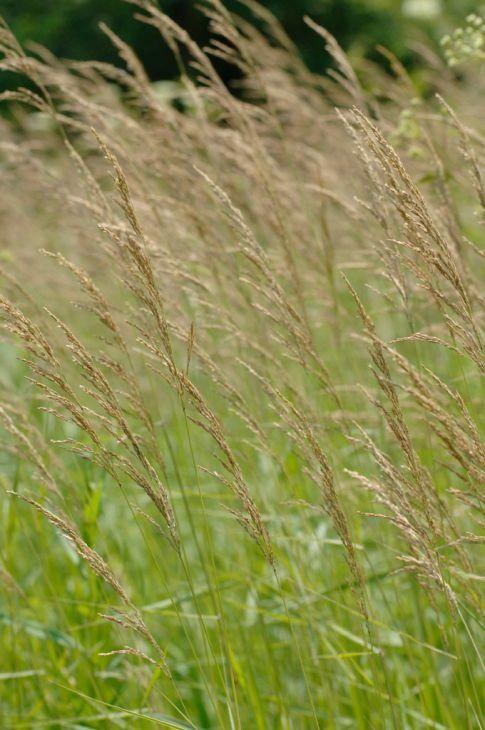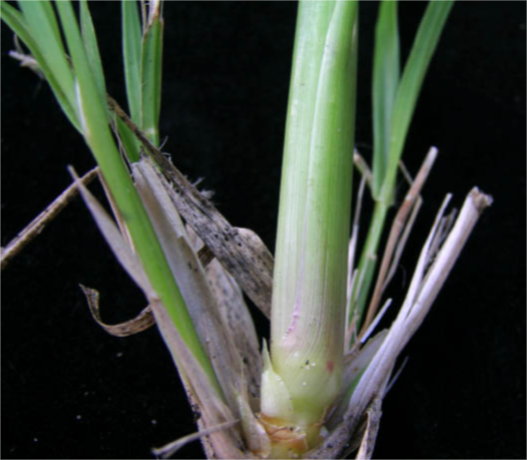Bluejoint Plant
Bluejoint (Calamagrostis canadensis) grows up to 5 ft, thrives in wet soil, full sun, high moisture, and is neither edible nor medicinal.

Habit
Grass
Height
50-150 cm
Growth
Moderate
Soil
Moist loamy soil
Shade
Full
Moisture
High
Edible
No
Medicinal
No
Origin
North America
Climatic Condition
Temperate
Temperature (°)
10-25°C
Humidity (%)
50-70%
Potting media
Loam + Sand
Fertilizers
05:10:10
Watering
Regular watering
Plant Weight
300-700 g
Flowering Time
Summer
Soil Ph level
6.0-7.0
Water Ph level
6.5-7.0
Soil EC
0.8 dS/m
Yield Per Plant
Low yield
NPK ratio
05:10:10
life Span
3-5 years
Health Benefits
Soil erosion control, wildlife habitat
Suggested Grow Media or Potting Mix ?
50% sand, 25% peat moss, 25% compost
Suggested Fertigation/Fertilizers
Fertilize every 6-8 weeks with balanced fertilizer.
Common Diseases and Remedies
Leaf Spot, Rust, Downy Mildew, Aphid Infestation, Root Rot
Brown or black lesions on leaves, Reddish or orange pustules on leaves, White powdery growth on leaves, Distorted leaves and sticky residue, Wilting and stunted growth
Neem oil, Compost tea, sulfur spray, Improve air circulation, insecticidal soap, Improve soil drainage.
Copper-based fungicides, Fungicides with propiconazole ,Sulfur-based fungicides, Chemical insecticides, Soil-applied fungicides
HEALTH BENEFITS
1. Traditional Medicinal Uses
- Indigenous communities have used Blue Joint Grass for treating minor wounds and skin irritations by applying it as a poultice.
- Some reports suggest that it was used in herbal teas for general wellness.
2. Anti-Inflammatory Properties
- Contains bioactive compounds that may help reduce inflammation, though scientific research on this is limited.
3. Digestive Health
- Some grass species, including Blue Joint, have been used in traditional medicine to aid digestion and relieve mild gastrointestinal discomfort.
4. Potential Antioxidant Properties
- Like many grasses, it may contain flavonoids and polyphenols that help neutralize free radicals.
5. Environmental & Livestock Benefits
- Used in erosion control and wetland restoration, contributing to cleaner water and healthier ecosystems.
- Provides nutritious fodder for livestock, indirectly benefiting human nutrition through healthier animal products.

